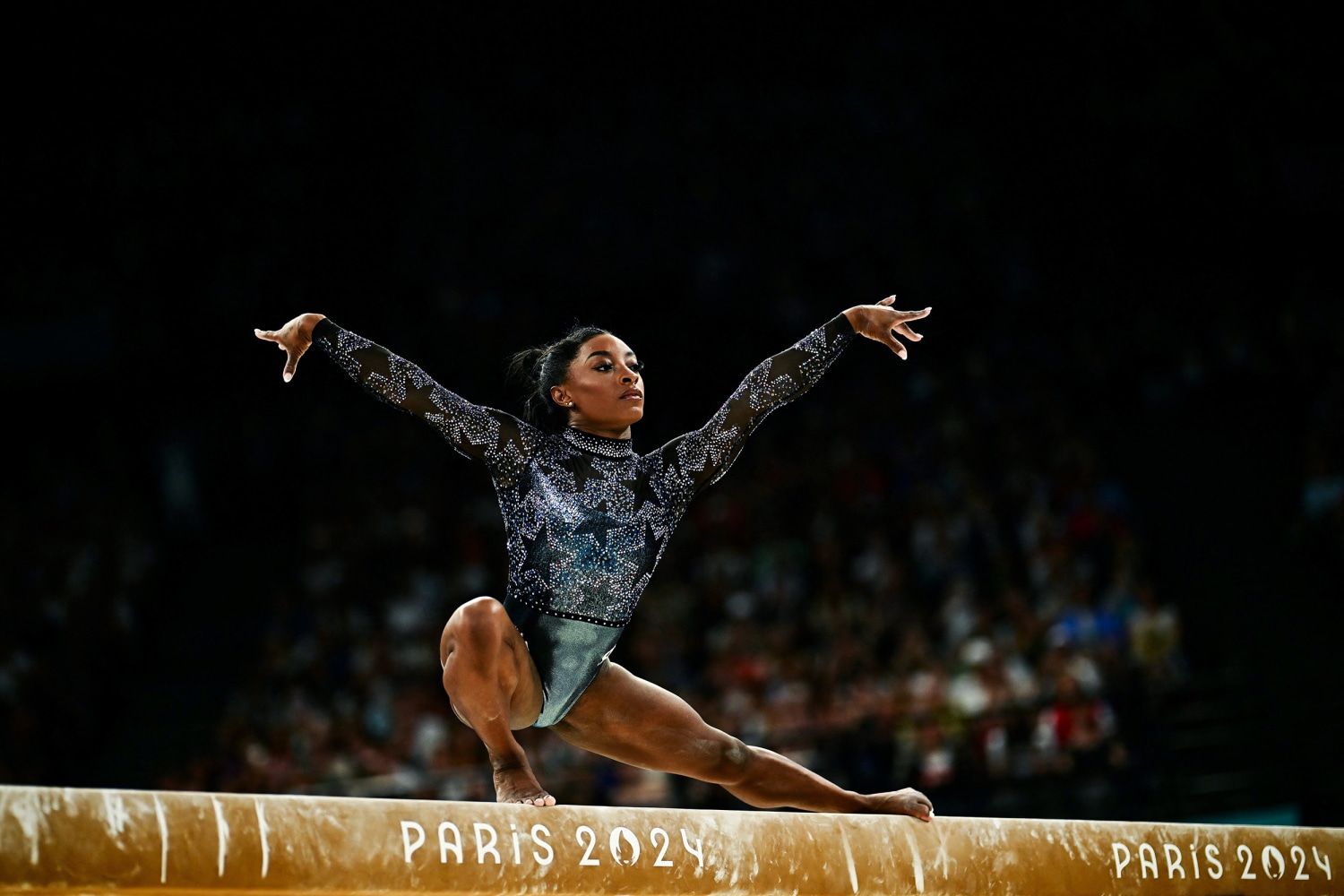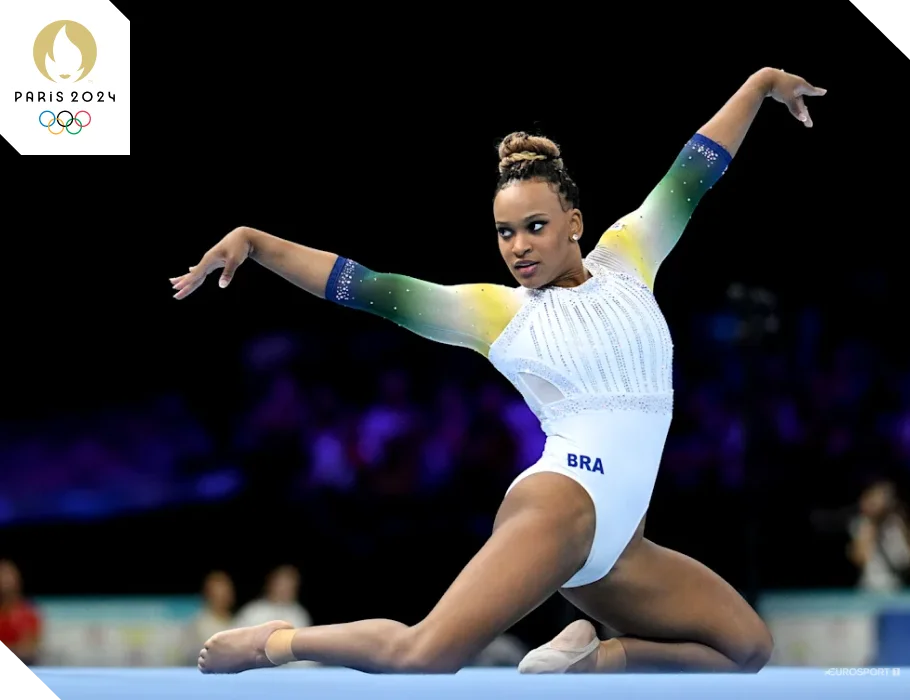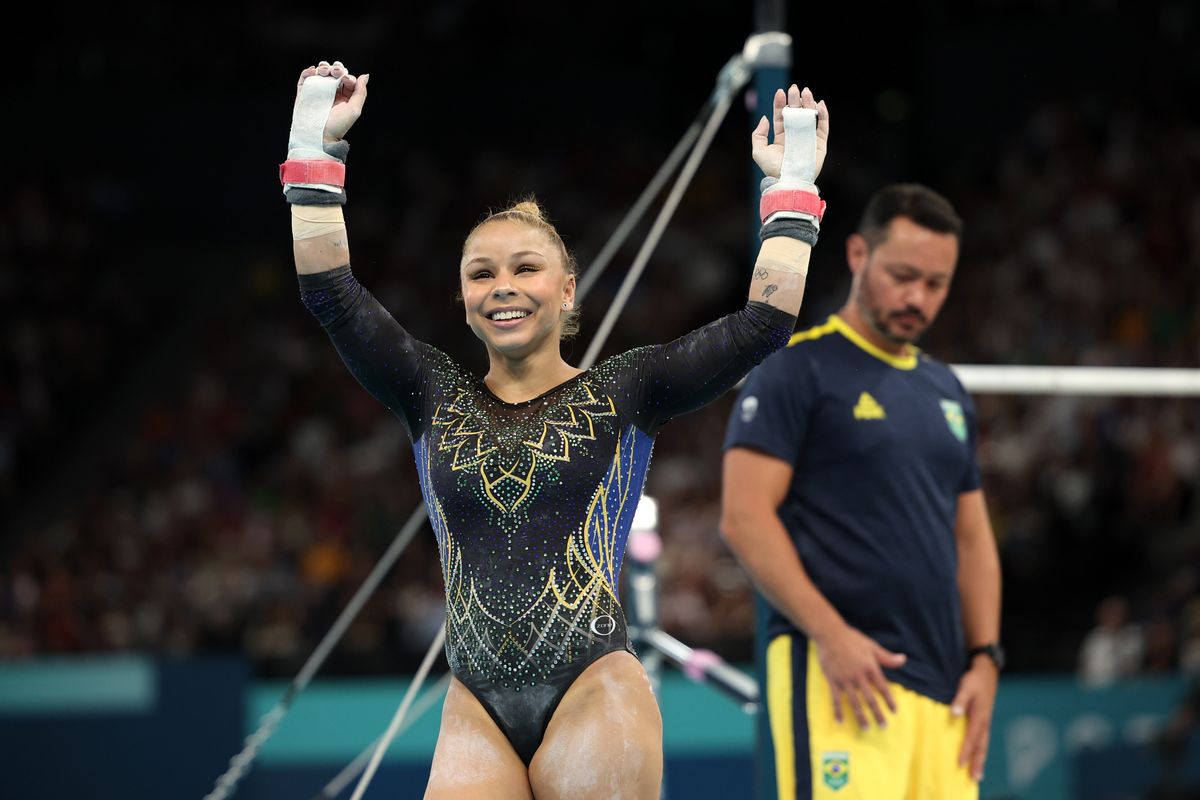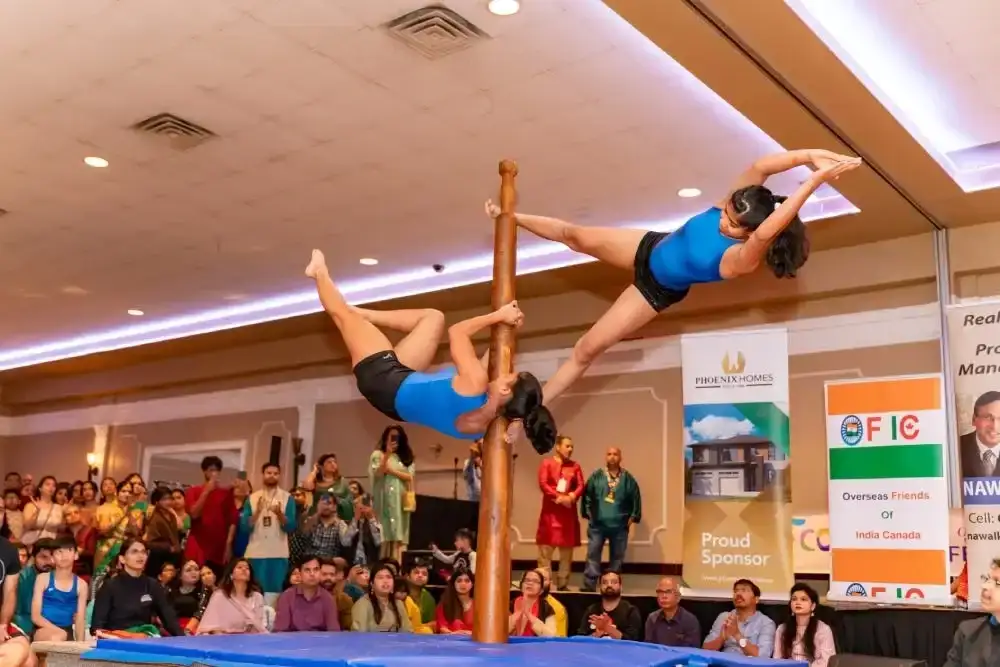The Acrobatic Gymnastics event at the Paris 2024 Olympics promises to be an exhilarating showcase of athleticism, grace, and teamwork. This unique discipline combines elements of dance, gymnastics, and acrobatics, testing the limits of balance, strength, and coordination. The athletes, competing in pairs, trios, or groups of four, perform routines filled with lifts, throws, and catches, all set to music, which is designed to captivate and inspire the audience.
Overview of Acrobatic Gymnastics
Acrobatic Gymnastics is distinct from other gymnastics disciplines due to its emphasis on group dynamics. It requires athletes to work in unison, each relying on their teammates' precise movements and positioning. The discipline's three categories—men’s pairs, women’s pairs, and mixed pairs—are judged based on artistic, balance, and dynamic routines. Each type showcases different elements, with balance routines focusing on strength and stability, while dynamic routines highlight throws, catches, and somersaults.

The Competition Format
In Paris 2024, the competition will be structured to include qualification rounds, followed by finals for each category. During the qualifications, athletes perform two routines: a balance routine that emphasizes strength and control, and a dynamic routine that features aerial elements. Scores from both routines determine the top performers who advance to the finals. The final routines, a combination of balance and dynamic elements, determine the medalists. Judges score athletes on difficulty, execution, and artistry, ensuring that all aspects of their performance are thoroughly evaluated.
What Makes Acrobatic Gymnastics Unique

The sport’s distinctiveness lies in the synergy between partners or team members. For instance, pairs and groups perform complex pyramids and balances, where timing and positioning are crucial. Each member has a specific role, like the base, which provides stability and power, and the flyer, which performs airborne moves. The sport requires both mental and physical strength, as athletes must have absolute trust in each other.
Key Athletes to Watch
In Paris, a few athletes have emerged as favorites due to their performance in past competitions. Countries like Russia, China, and the United States are known for their strong acrobatic gymnastics programs, producing world-class athletes who consistently excel in international events. Among them, several past world champions and Olympic veterans are expected to lead the field. Their routines are anticipated to be highly innovative and challenging, raising the bar for the competition.

Training and Preparation
Training for acrobatic gymnastics is rigorous, involving strength training, flexibility exercises, and endless hours of rehearsal to perfect routines. Athletes often start at a young age and train for years to develop the necessary physical skills and team cohesion. In preparation for the Olympics, teams fine-tune their routines to increase the difficulty and polish their performances. This dedication is evident in the precision and grace with which they execute even the most challenging elements.
Judging Criteria

The judging criteria for acrobatic gymnastics focus on three main areas: artistry, difficulty, and execution. Artistry involves the choreography, music choice, and how well the routine tells a story or conveys emotion. Difficulty is assessed based on the complexity of the moves, including the height of throws and the number of twists in somersaults. Execution is evaluated by how accurately and smoothly the routine is performed, with points deducted for any stumbles, imbalances, or mistimed catches.
The Significance of Acrobatic Gymnastics in the Olympic Landscape
:max_bytes(150000):strip_icc():focal(1441x0:1443x2)/team-usa-tokyo-olympics-2020-womens-gymnastics-062624-5eab7d82b17a41e5956512a18dbd7028.jpg)
Acrobatic gymnastics, though not as widely known as other Olympic events, brings a unique flair to the Games. It combines athletic prowess with artistic expression, showcasing the athletes' creativity and the sport's beauty. This event at Paris 2024 will provide a platform for acrobatic gymnastics to gain greater recognition, allowing spectators worldwide to appreciate the skill and dedication of its athletes.
Looking Ahead
The 2024 Games are expected to have a significant impact on the future of acrobatic gymnastics. With its blend of entertainment and athleticism, the sport is poised to captivate audiences and inspire a new generation of gymnasts. As Paris showcases the talents of these athletes on the world stage, acrobatic gymnastics may well see an increase in popularity and participation worldwide, solidifying its place within the Olympic movement.
:max_bytes(150000):strip_icc():focal(3604x1696:3606x1698)/GettyImages-2165031656-13e6a1bdb83a47c78f23f3bd5e58a3a6.jpg)
In conclusion, Acrobatic Gymnastics at Paris 2024 will be a remarkable display of strength, teamwork, and artistic elegance. The athletes’ ability to blend these elements harmoniously will be on full display, providing unforgettable moments that celebrate both individual and collective excellence.
Team Dynamics and Roles in Acrobatic Gymnastics
In acrobatic gymnastics, roles within pairs or groups are distinctly defined to ensure the smooth execution of complex routines. Typically, there are bases and flyers, with some groups including a middle, depending on the size and nature of the team. The base provides stability and strength, supporting the flyer’s movements, especially during balances and lifts. The flyer, usually the lighter athlete, performs twists, flips, and other airborne maneuvers. In trios, the middle role provides additional support and contributes to creating intricate formations.

Artistic Expression and Choreography
One of the hallmarks of acrobatic gymnastics is its artistic component. Athletes perform their routines to music, with choreography that can range from ballet-inspired movements to contemporary dance styles. Each routine tells a story or conveys emotion, as athletes must not only execute technical elements but also embody the theme of their performance. This adds an element of storytelling that differentiates acrobatic gymnastics from other gymnastics disciplines.
Safety Measures and Technical Regulations

Safety is paramount in acrobatic gymnastics, given the high-flying stunts and complex balances involved. Athletes train with mats and spotting systems during practice to prevent injury. Routines are performed on specially designed floors that provide cushioning and shock absorption, minimizing the risk of injury from high-impact landings. Moreover, technical regulations set by the International Gymnastics Federation (FIG) govern everything from the difficulty of elements allowed to the attire athletes wear, ensuring fairness and safety.







